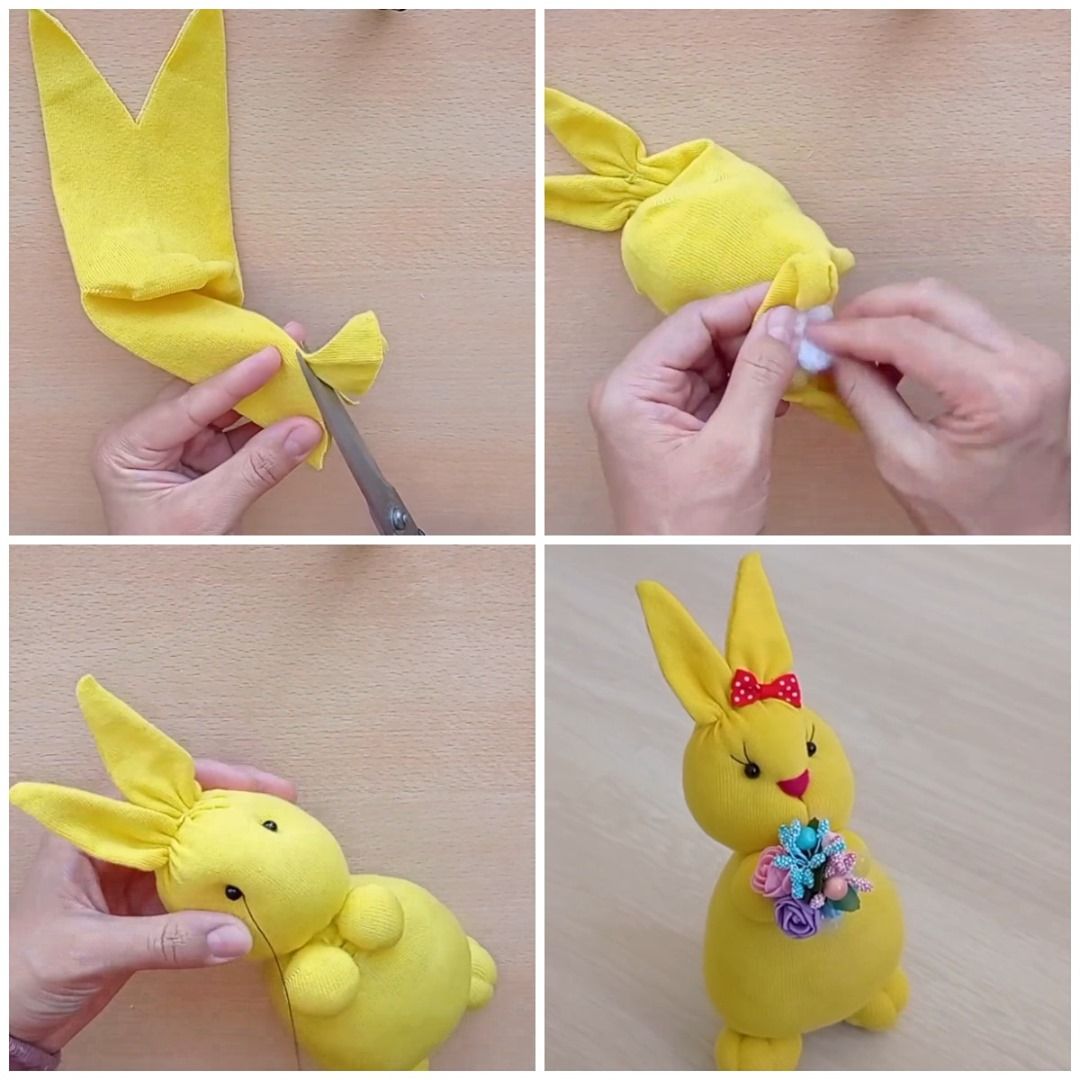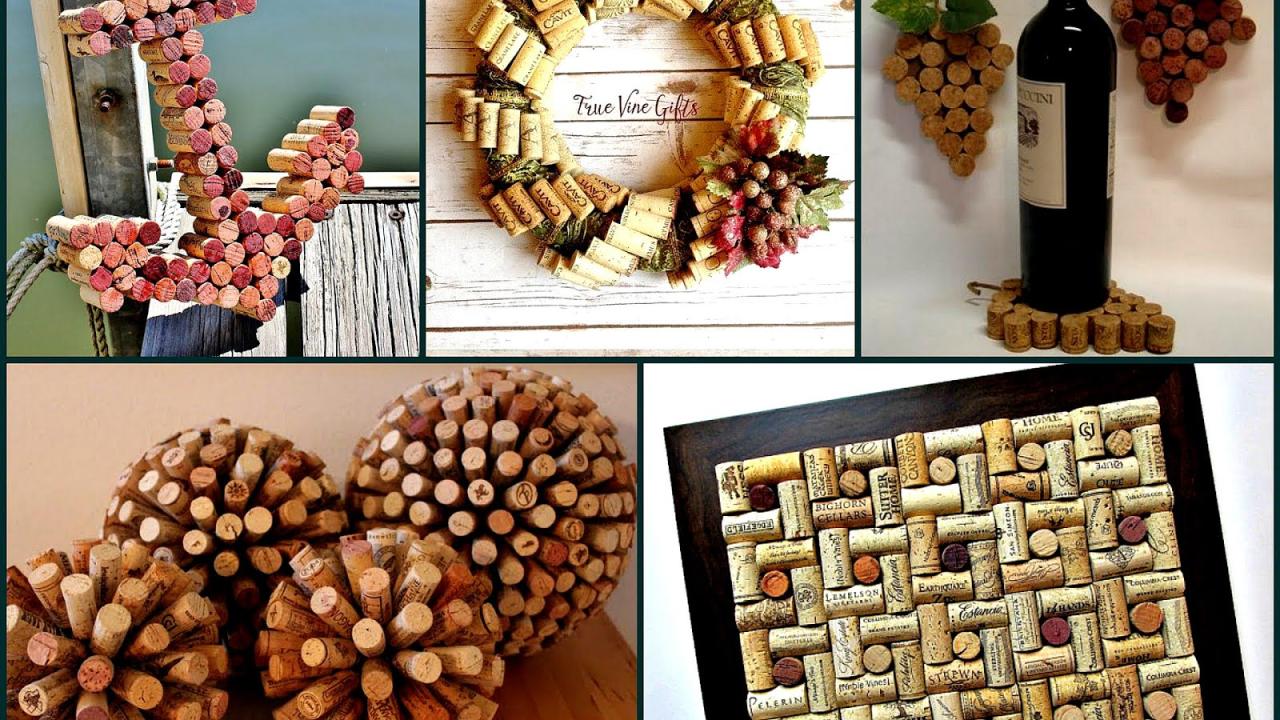DIY wind chimes offer a delightful way to add a touch of whimsy and sound to your outdoor space. These enchanting creations have a rich history and cultural significance, dating back centuries. The gentle tinkling of wind chimes is not only soothing but also symbolizes good luck and harmony in many cultures.
Creating your own wind chimes allows you to personalize them with unique materials and designs. From the simple clinking of shells to the resonant tones of metal tubes, the possibilities are endless. The process of crafting wind chimes involves understanding the basic principles of sound and wind chime construction, and this guide will walk you through every step.
Materials and Tools
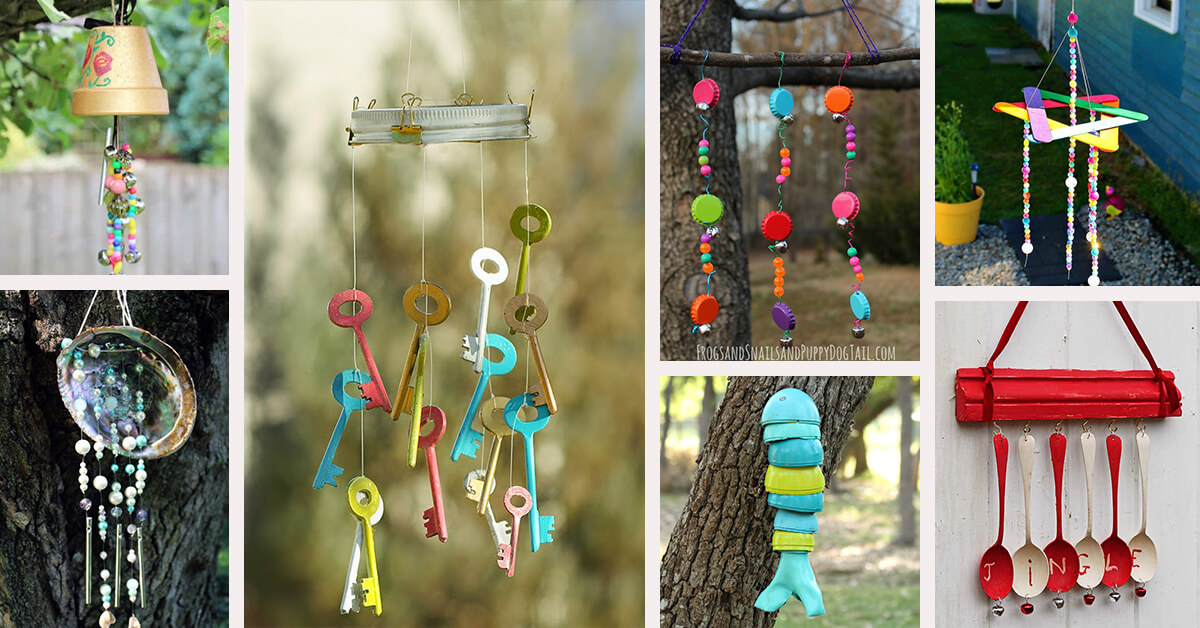
Creating your own wind chimes is a fun and rewarding project. With a little creativity and some basic materials, you can make a unique and beautiful addition to your home or garden. Here’s a rundown of the materials and tools you’ll need to get started.
Materials
The materials you choose for your wind chimes will determine their sound, durability, and aesthetic appeal. There are many options available, so feel free to experiment and find what works best for you.
- Hanging Element: This is the main part of the wind chime that hangs from the top and is often made of a piece of wood, metal, or even a large shell. You can also use a variety of other materials for your hanging element, such as a ceramic tile, a piece of driftwood, or a metal ring.
- Sound-Producing Elements: These are the elements that create the chime’s sound when they are struck by the wind. Common materials include:
- Shells: Shells come in a variety of shapes and sizes, and they create a soft, natural sound. They are also beautiful and can add a touch of coastal charm to your wind chimes.
- Glass Beads: Glass beads can create a tinkling or clinking sound, depending on their size and thickness. They are also available in a wide variety of colors and finishes, so you can create a truly unique wind chime.
- Metal Tubes: Metal tubes are a classic choice for wind chimes. They create a clear, resonant sound that can be easily tuned. Metal tubes are available in a variety of materials, such as aluminum, copper, and brass, each with its own unique sound.
- Wood: Wood can be used to create a variety of sounds, depending on the type of wood and the way it is cut. For example, bamboo creates a softer sound than hardwood.
- Ceramic: Ceramic can create a warm, earthy sound. It is also available in a variety of shapes and colors.
- String or Wire: You’ll need string or wire to hang your sound-producing elements from the hanging element. Fishing line, craft wire, or even thin rope can be used.
- Suspension Cord: This is the cord that connects the hanging element to the top of the wind chime. You can use a strong cord, like nylon rope, or a chain.
Tools
The tools you’ll need for making wind chimes will depend on the materials you choose and the complexity of your design. Here are some essential tools to have on hand:
- Wire Cutters: Use wire cutters to cut the string or wire you’ll be using to hang your sound-producing elements.
- Pliers: Pliers can be helpful for bending or shaping the wire. You can also use them to secure the string or wire to the hanging element.
- Drill: A drill is needed if you are using wood or metal for your hanging element. You’ll need to drill holes to attach the suspension cord and the string or wire for your sound-producing elements.
- Glue: Glue can be used to secure the sound-producing elements to the string or wire. You can use hot glue, craft glue, or epoxy, depending on the materials you are using.
- Scissors: Scissors can be used to cut the string or wire if you are using a type that is not easily cut with wire cutters.
- Measuring Tape: A measuring tape will help you ensure that your wind chime is the desired length and that the sound-producing elements are evenly spaced.
Material Comparison, Diy wind chimes
| Material | Sound | Durability | Aesthetic Appeal |
|---|---|---|---|
| Shells | Soft, natural | Durable, but can be fragile depending on the type of shell | Coastal, rustic |
| Glass Beads | Tinkling, clinking | Durable, but can break if dropped | Colorful, sparkly |
| Metal Tubes | Clear, resonant | Durable | Modern, industrial |
| Wood | Warm, earthy | Durable, but can be susceptible to weather damage | Natural, rustic |
| Ceramic | Warm, earthy | Durable, but can break if dropped | Elegant, colorful |
Sound and Harmony
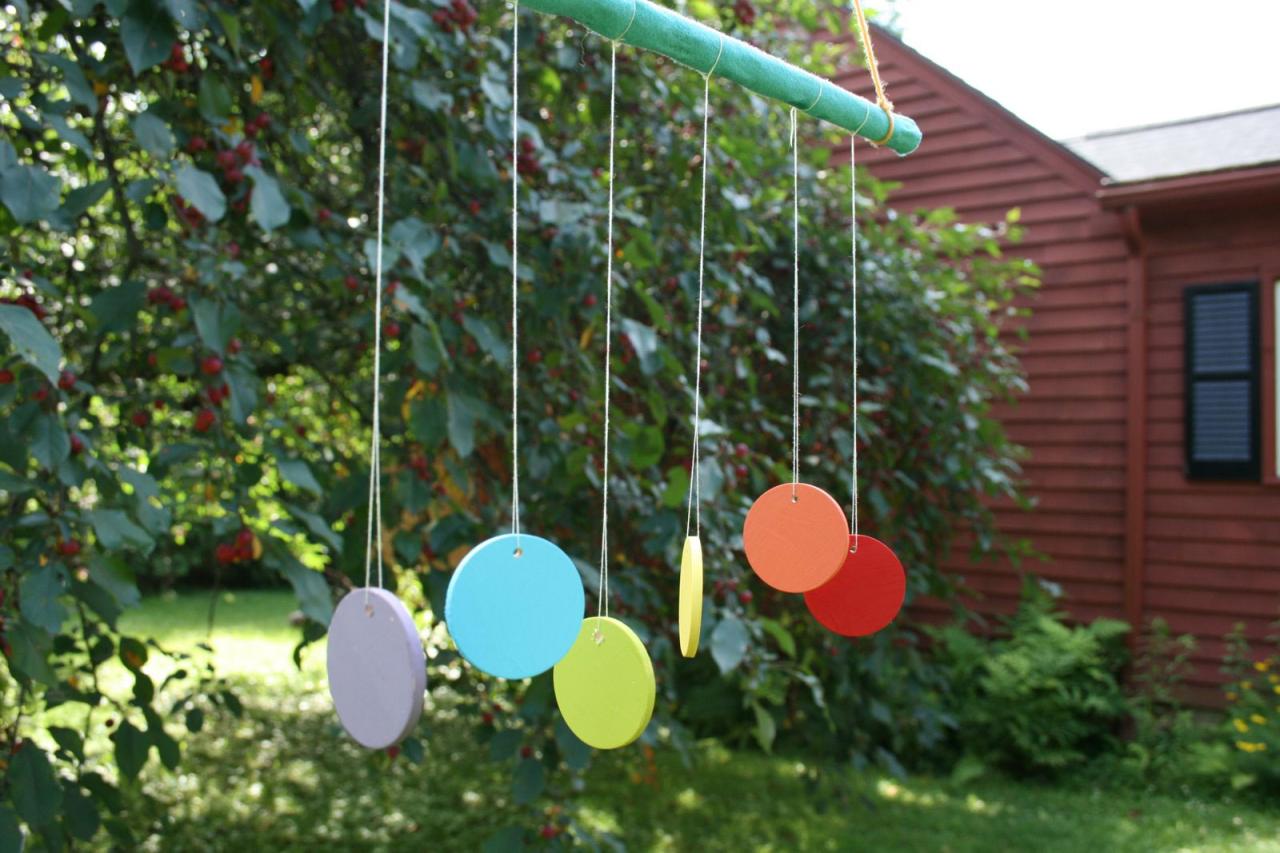
The sound of a wind chime is a product of the interplay between the materials used, their shapes, and the forces of wind. Understanding the principles behind sound waves and their relationship to wind chime construction allows for intentional design choices to create a desired sonic experience.
Material Choice and Sound
The material of a wind chime significantly influences its sound. Different materials possess varying densities, elasticity, and resonant frequencies.
- Metal: Metals like aluminum, brass, and steel are known for their clear, ringing tones. Aluminum produces a bright, crisp sound, while brass offers a warmer, richer tone. Steel, due to its higher density, generates a more resonant, booming sound.
- Wood: Wood, particularly hardwoods, produces a warmer, more mellow sound. The grain pattern and density of the wood influence the tone, with denser woods yielding a deeper, richer sound.
- Glass: Glass wind chimes create a tinkling, ethereal sound. Their fragility lends a delicate quality to the chimes, with variations in thickness and shape influencing the pitch and resonance.
- Ceramic: Ceramic chimes, often with intricate designs, produce a softer, more muted sound compared to metals. Their unique shapes and glaze contribute to the overall tone.
Length and Pitch
The length of a wind chime tube is directly proportional to its pitch. Longer tubes produce lower, deeper sounds, while shorter tubes create higher, brighter tones. This principle is analogous to the length of a string on a musical instrument.
The frequency of a sound wave is inversely proportional to its wavelength. Longer wavelengths correspond to lower frequencies and vice versa.
A wind chime with a variety of tube lengths creates a melodic range, akin to a musical scale.
Weight and Resonance
The weight of a wind chime tube affects its resonance. Heavier tubes tend to vibrate more slowly, producing a lower, richer sound. Conversely, lighter tubes vibrate more quickly, resulting in a higher, brighter tone.
The resonant frequency of an object is determined by its mass and stiffness. Heavier objects vibrate more slowly, while stiffer objects vibrate more quickly.
By adjusting the weight of individual tubes, wind chime makers can fine-tune the harmonic relationships within the chime.
Safety and Considerations: Diy Wind Chimes
While creating wind chimes can be a fun and rewarding project, it’s crucial to prioritize safety throughout the process. By understanding potential hazards and following safe practices, you can ensure a positive and enjoyable experience.
Tool Safety
Using tools safely is paramount to prevent injuries.
- Always wear safety glasses to protect your eyes from flying debris.
- Use tools appropriately, following the manufacturer’s instructions and safety guidelines.
- Keep your work area clean and organized to minimize tripping hazards.
- Use a cutting mat or a sturdy surface to prevent damage to your work area and to provide a stable base for cutting materials.
- Store tools safely when not in use to prevent accidents and maintain their sharpness.
Material Handling
Handling materials responsibly is essential for both safety and environmental considerations.
- Use gloves when handling sharp materials like metal or glass to prevent cuts.
- Wear a dust mask when working with materials that generate dust, such as wood or metal, to protect your respiratory system.
- Dispose of materials properly, following local recycling guidelines and avoiding hazardous waste disposal.
- Consider using eco-friendly materials, such as recycled glass or bamboo, to minimize your environmental impact.
Wind Chime Security
Properly securing your wind chime is crucial to prevent damage and potential injury.
- Use strong, weather-resistant materials for the hanging mechanism, such as stainless steel or galvanized wire.
- Choose a secure location for hanging your wind chime, ensuring it’s out of reach of children and pets.
- Consider using a wind chime hanger specifically designed for outdoor use, which can withstand the elements and provide extra stability.
- Inspect the hanging mechanism regularly for wear and tear, replacing it if necessary.
Last Recap
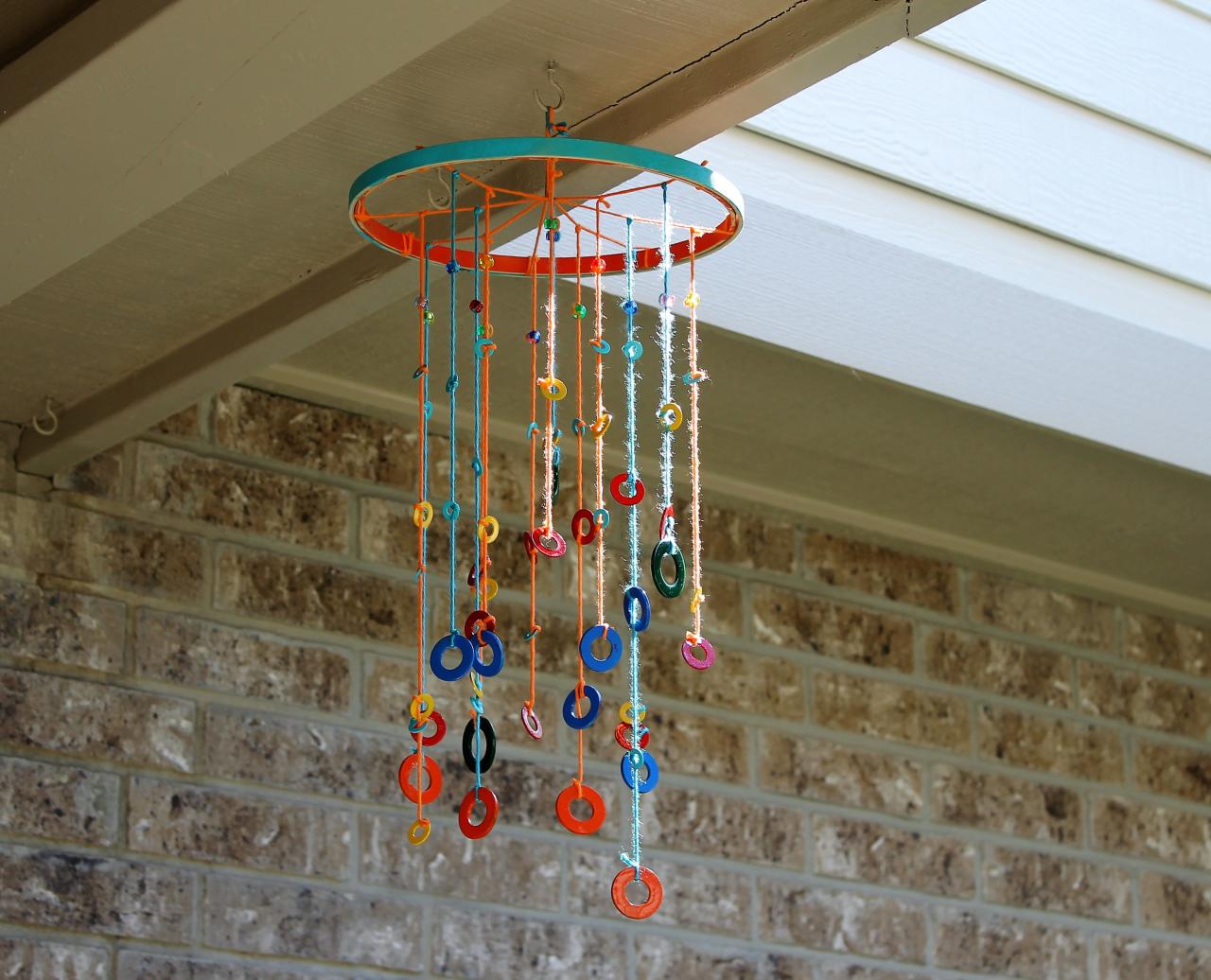
The joy of DIY wind chimes lies in the creative freedom they offer. By combining your imagination with the knowledge of materials and techniques, you can craft a wind chime that reflects your personal style and brings a touch of magic to your surroundings. Whether you choose to use natural elements like shells and wood or experiment with metal and glass, the process of crafting a wind chime is an enjoyable and rewarding experience.
DIY wind chimes are a fun and easy way to add a personal touch to your outdoor space. If you’re looking for a more substantial project, you might consider trying your hand at DIY shelving for your home. Once you’ve got your shelves in place, you can display your wind chimes with pride, and enjoy the soothing sounds they make as they sway in the breeze.

